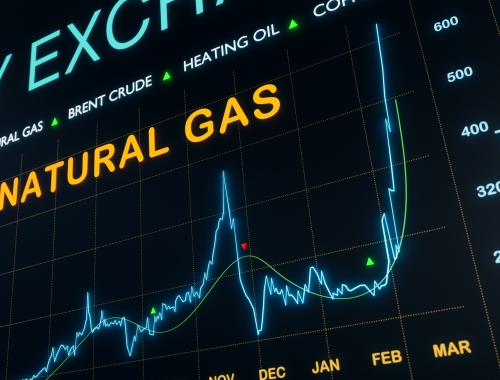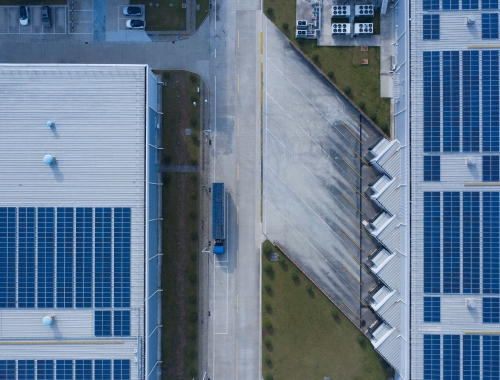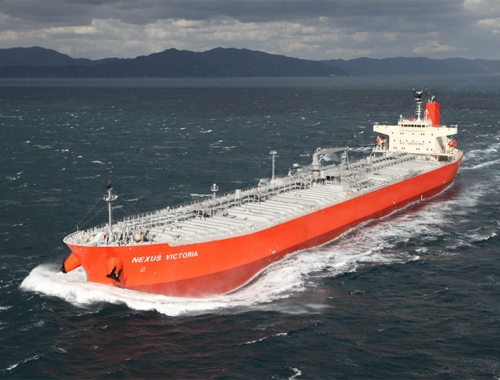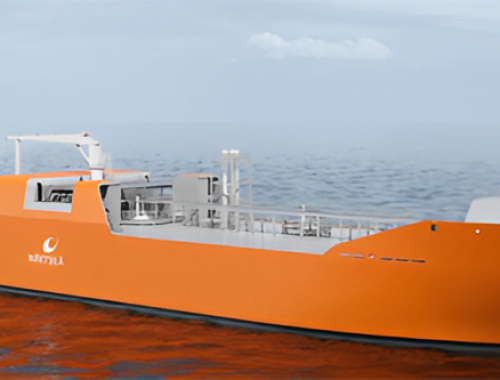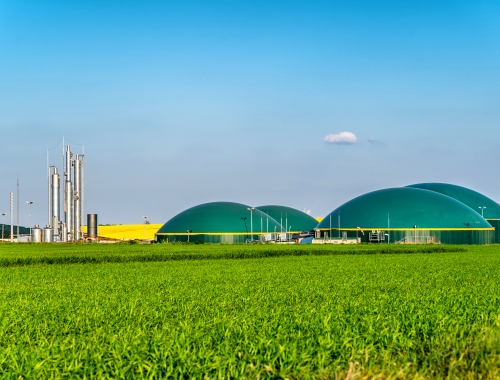DNV to assess blending hydrogen in Korea's gas network
SUMMARY
The two-year project will assess the scope for blending hydrogen with natural gas in KOGAS’ 5,000-km-long domestic transmission network.
By Shardul SharmaPOSTED IN:
DNV has been selected by South Korea’s state-owned natural gas importer and transporter Korea Gas Corporation (KOGAS) to assess the viability of blending hydrogen into the nation’s gas transmission network, it said on February 7.
The two-year project will assess the scope for blending hydrogen with natural gas in KOGAS’ 5,000-km-long domestic transmission network. DNV will assess the pipeline network’s suitability for hydrogen blending, provide technical and advisory support to KOGAS’s hydrogen blending test project on Jeju Island and in addressing the requirements of South Korea’s regulatory authorities in overseeing hydrogen’s integration and uptake.
The work plan includes assessing and demonstrating the viability and impact of blending hydrogen with natural gas at various ratios in KOGAS’ transmission pipeline system.
“DNV’s global technical expertise across the entire hydrogen value chain, from production to end use, means we are uniquely placed to support the world’s largest LNG importer KOGAS in creating value from hydrogen while also helping South Korea transition to a decarbonised energy future,” said Lim Dong Ho, South Korea market area manager, energy systems at DNV.
Using imported LNG, natural gas is responsible for around 26% of South Korea’s power generation capacity, a share expected to grow to 31% by 2050 as coal and nuclear plants are phased out in accordance with South Korea’s 2050 Carbon Neutral Strategy and 9th Electricity Plan, DNV said.
South Korea adopted the Hydrogen Economy Roadmap in 2019 and established the Hydrogen Economy Commission in 2021 to oversee the development of a fully-fledged hydrogen economy to decarbonise transport, power generation and industry while also driving economic growth and global industrial competitiveness.
Up to 2040, KOGAS is planning to invest $37bn internationally to establish renewable power generation facilities that produce hydrogen which will be imported, stored and transported through a specialised hydrogen pipeline network.

